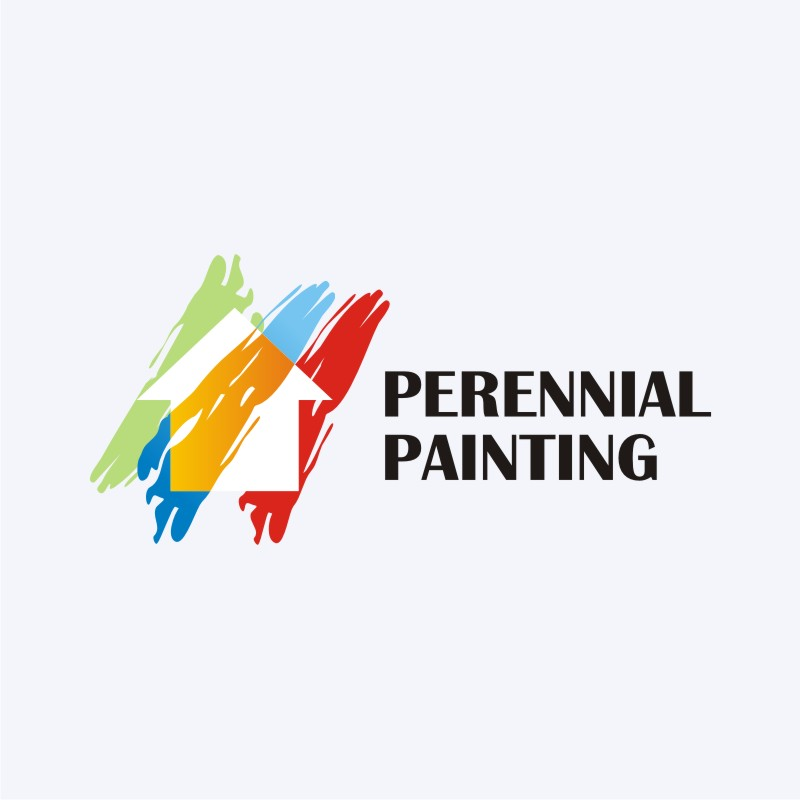Essential Seasonal Aspects Of Commercial Exterior Painting: What You Must Recognize
Essential Seasonal Aspects Of Commercial Exterior Painting: What You Must Recognize
Blog Article
Material Produce By-Aguilar Whalen
When you're planning a commercial external paint job, seasonal aspects can make or break your results. You'll intend to take into consideration how temperature and humidity effect paint application and drying times. Picking the ideal season can ensure your paint sticks correctly and lasts much longer. However which seasons are really the best for this kind of job? Allow's explore the key elements that can influence your job's success.
The Influence of Temperature Level on Paint Application
When you're planning an industrial exterior painting task, the temperature can considerably impact how well the paint sticks and dries out.
Ideally, you intend to repaint when temperature levels vary in between 50 ° F and 85 ° F. If it's as well cool, the paint might not treat correctly, leading to issues like peeling off or fracturing.
On the flip side, if it's also hot, the paint can dry out also swiftly, avoiding proper adhesion and resulting in an unequal finish.
You need to likewise consider the time of day; early morning or late afternoon offers cooler temperatures, which can be more desirable.
Always examine can you paint walls in the winter for the details paint you're using, as they commonly offer support on the ideal temperature variety for optimum outcomes.
Moisture and Its Result on Drying Times
Temperature level isn't the only environmental aspect that influences your industrial outside painting task; humidity plays a substantial role also. High humidity degrees can reduce drying out times substantially, influencing the total top quality of your paint work.
When the air is filled with dampness, the paint takes longer to treat, which can cause issues like bad bond and a higher threat of mildew growth. If https://exterior-house-painters-n99876.snack-blog.com/34328063/learn-about-the-cutting-edge-techniques-and-trends-in-house-paint on an especially moist day, be gotten ready for prolonged wait times in between coats.
It's critical to monitor local weather and strategy accordingly. Preferably, go for moisture degrees in between 40% and 70% for optimum drying out.
Maintaining these factors in mind ensures your task stays on track and delivers a lasting surface.
Best Seasons for Commercial Outside Painting Projects
What's the very best time of year for your commercial external painting tasks?
Spring and early fall are commonly your best bets. During these seasons, temperature levels are moderate, and humidity levels are often reduced, producing excellent problems for paint application and drying out.
Prevent summer season's intense heat, which can trigger paint to completely dry as well swiftly, bring about bad adhesion and coating. In https://homepaintersnearme87531.blogcudinti.com/34464257/want-to-discover-the-most-effective-residence-painters-discover-the-techniques-for-a-spectacular-home-upgrade-that-could-increase-your-residential-or-commercial-property-worth-by-approximately-7 , wintertime's cold temperatures can prevent appropriate drying and curing, taking the chance of the long life of your paint task.
Go for days with temperature levels in between 50 ° F and 85 ° F for optimum outcomes. Remember to inspect simply click the up coming site for rainfall, as damp conditions can spoil your project.
Preparation around these aspects guarantees your painting project runs smoothly and lasts much longer.
Conclusion
To conclude, planning your industrial exterior paint tasks around seasonal factors to consider can make a substantial distinction in the end result. By organizing work during the perfect temperatures and humidity degrees, you'll guarantee far better adhesion and drying out times. Bear in mind to keep an eye on neighborhood weather report and pick the correct time of year-- spring and very early fall are your best choices. Taking these actions will aid you attain a durable and specialist coating that lasts.
